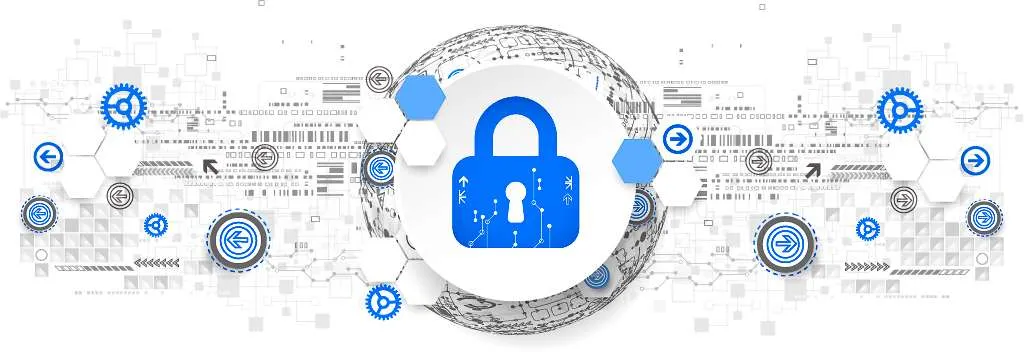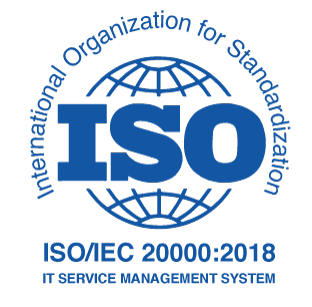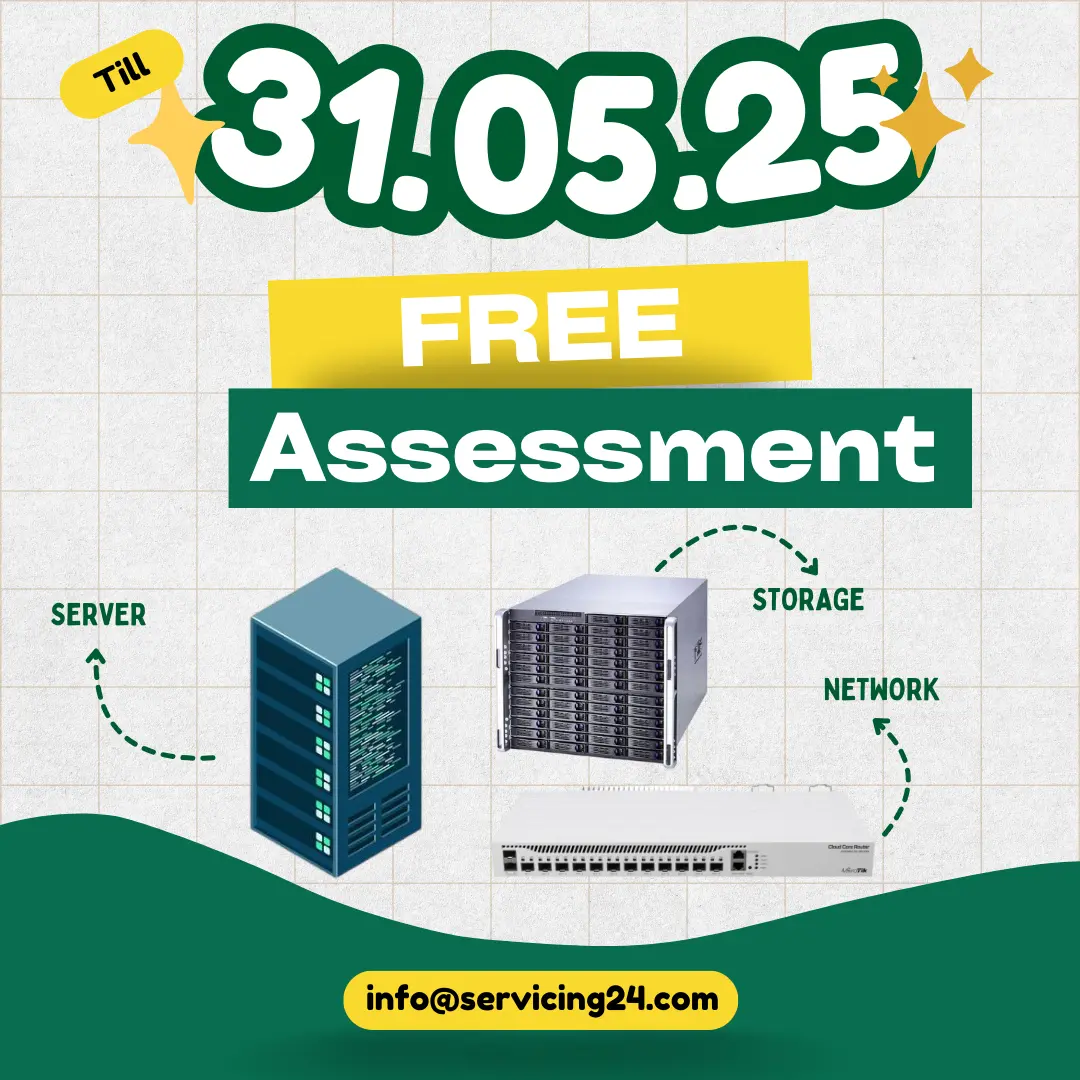Data is one of the most valuable assets in today’s digital world. Whether it’s sensitive customer information, business-critical applications, or system logs, losing data due to cyber threats, hardware failures, or disasters can be catastrophic. That’s why implementing robust server storage security and backup strategies is essential.
This guide will cover:
- Common server storage threats
- Best security practices for data protection
- Backup strategies to ensure data recovery
1. Server Storage Security: Protecting Your Data
Common Threats to Server Storage
Before securing your storage, it’s important to understand potential risks:
- Cyber Attacks: Ransomware, malware, and hacking attempts can compromise or destroy critical data.
- Insider Threats: Employees with malicious intent or accidental mishandling of data.
- Hardware Failures: Hard drive crashes, SSD wear-out, or RAID failures can result in data loss.
- Natural Disasters: Fires, floods, earthquakes, or power surges can damage physical storage.
- Data Corruption: Bad sectors, software bugs, or file system errors can cause unreadable data.
Best Practices for Server Storage Security
1. Use Strong Authentication & Access Control
- Implement Multi-Factor Authentication (MFA) for admin access.
- Restrict access based on user roles (least privilege principle).
- Use Active Directory (AD) or LDAP for centralized authentication.
2. Encrypt Data at Rest & In Transit
- Enable AES-256 encryption for stored data.
- Use SSL/TLS encryption for network file transfers.
- Consider hardware-based encryption (self-encrypting drives – SEDs).
3. Regular Security Patching & Updates
- Keep operating systems, firmware, and storage controllers updated.
- Use automated patch management to prevent vulnerabilities.
4. Firewalls & Intrusion Detection Systems (IDS)
- Set up firewall rules to allow only trusted traffic.
- Deploy Intrusion Detection & Prevention Systems (IDPS) to monitor and block suspicious activities.
5. Ransomware & Malware Protection
- Enable endpoint security solutions with real-time scanning.
- Use immutable storage (WORM – Write Once, Read Many) to prevent unauthorized file modifications.
- Implement AI-based threat detection to identify unusual activities.
6. Physical Security of Storage Devices
- Store servers in secure, access-controlled data centers.
- Use biometric authentication or keycard access for server rooms.
- Enable video surveillance and logging for physical security monitoring.
2. Backup Strategies: Ensuring Data Availability & Recovery
Even with top-tier security, accidents and disasters happen. That’s why having a solid backup strategy is crucial.
The 3-2-1 Backup Rule
The industry standard for data backups:
- 3 copies of data (1 primary + 2 backups)
- 2 different storage media (e.g., local NAS + cloud storage)
- 1 offsite backup (disaster recovery site or cloud)
Types of Backups
1. Full Backup – A complete copy of all data.
- Best for critical data but requires high storage space.
2. Incremental Backup – Backs up only changed data since the last backup.
- Saves storage but requires multiple backups for full recovery.
3. Differential Backup – Backs up all changes since the last full backup.
- Faster than full backup, but grows in size over time.
4. Snapshot Backup – Captures the system state at a specific time.
- Useful for quick restores and virtual machines (VMs).
5. Continuous Data Protection (CDP) – Real-time backups with minimal data loss.
- Best for high-availability environments.
3. Backup Storage Solutions: Where to Store Backups?
On-Premises Backup
- DAS (Direct-Attached Storage): Local hard drives, SSDs, or RAID arrays.
- NAS (Network-Attached Storage): Shared network drives for multiple users.
- SAN (Storage Area Network): High-performance enterprise storage.
- Pros: Fast access, full control, no internet dependency.
- Cons: Vulnerable to physical damage or cyberattacks.
Cloud Backup
- AWS S3, Microsoft Azure, and Google Cloud Storage are scaleable and pay-as-you-go cloud backups.
- Managed Backup Services (Backblaze, Acronis, Veeam) – Automated, secure backups with encryption.
- Pros: Offsite, scalable, resilient against disasters.
- Cons: Requires internet access, and potential compliance concerns.
Hybrid Backup (Best of Both Worlds)
- Combines on-premises & cloud storage for redundancy.
- Critical data is backed up locally for speed & synced to the cloud for disaster recovery.
- Pros: Fast local access + offsite protection.
- Cons: Higher costs, require proper management.
4. Automated Backup Scheduling & Monitoring
- Set up automatic backup schedules (daily, weekly, monthly).
- Test backups regularly to ensure a successful recovery.
- Use AI-based monitoring to detect failed or incomplete backups.
5. Disaster Recovery Plan (DRP): Be Ready for the Worst
Even with strong security and backups, disaster recovery planning ensures business continuity.
- Step 1: Identify critical data & systems.
- Step 2: Define Recovery Time Objective (RTO) & Recovery Point Objective (RPO).
- Step 3: Use geo-redundant storage for disaster resilience.
- Step 4: Perform regular disaster recovery drills.
Example: If a ransomware attack locks server files, a well-planned backup and DRP ensures quick recovery without paying the ransom.
To find out about our services,
- Contact us.














